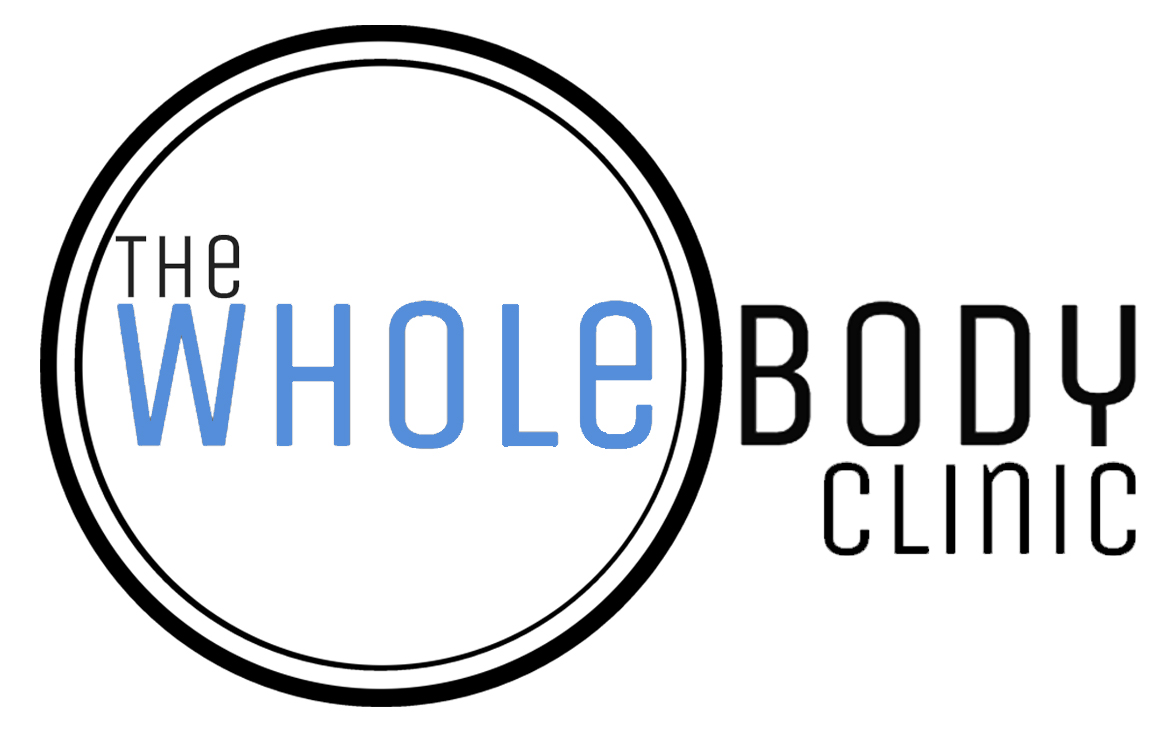What Is Compression Therapy?
Have you ever visited a hospital and noticed patients wearing long, white stockings? Maybe you’ve been diagnosed with a condition such as varicose veins and your doctor wants you to wear them yourself. These are called compression stockings, which are a form of compression therapy. But what is compression therapy, and what is it used for?
This article explores what compression therapy is, what it looks like, and who may benefit from using it. For personalised advice, contact our team at Whole Body Clinic today.

What is Compression Therapy?
Compression therapy is a form of treatment that aims to increase blood flow in the body. It may also be used as a preventative measure in an effort to prevent blood flow from decreasing in the affected area in the first place.
Along with increasing blood flow, compression therapy also aims to decrease swelling and support your heart. It may come in the form of compression stockings, but bandages and boots may also be used. Regardless of the method used, compression therapy is used to apply gentle pressure to the affected area. Compression therapy is commonly used on the legs, but may also be used on the arms.
What Does Compression Therapy Involve?
There are several types of compression therapy, and your doctor or other healthcare professional will work with you to find the most appropriate form for you. Compression products include:
- Compression stockings
- Compression socks
- Compression sleeves
- Compression wraps
- Compression bandages
- Compression leggings
- Compression pumps
- Pneumatic compression devices
- Compression suits— a high-tech suit with leg, hip, thigh, and arm components that produce dynamic air compression
These products come in different sizes and strengths. The compression itself should feel like a light pressure that is comfortable and not painful.
Who May Benefit From Compression Therapy?
Compression therapy may be beneficial for people with conditions such as:
- Varicose veins— Veins, often in the legs, where blood pools and distends (swells), making the veins appear dark blue, knobbly, and twisted
- Lymphedema— A buildup of lymph fluid, located between the skin and the muscle
- Chronic venous insufficiency (CVI)— Leg veins that are damaged and don’t allow sufficient blood flow to the heart
- Leg ulcers— Open sores on the leg, common in people with diabetes
- Deep vein thrombosis (DVT)— Blood clots (thrombus) within a deep vein, typically in the legs
DVT has the potential to be serious and even life-threatening if not addressed, as the blood clots may become loose and get stuck in the lungs, blocking blood flow. This is a condition called a pulmonary embolism.
Other reasons for using compression therapy include:
- Recovering from surgery— With the aim of preventing swelling and promoting healing
- Athletes post-training— Intended to reduce muscle soreness and inflammation
- Aches and pains in the legs or arms— Encouraging blood flow to the heart in an effort to alleviate muscular pain
- Travelling, for example on long flights— Potentially assisting with comfortability and reducing the risk of circulation-related issues
- Pregnancy— Typically in the second and third trimesters, when pregnant people may experience swelling and poor circulation in the legs
Ultimately, compression therapy may be useful for many people of all ages for a wide range of reasons. Whether you’re an athlete training for an upcoming marathon or you’re dealing with uncomfortable swelling during your pregnancy, talking to your healthcare provider about compression therapy may be a good idea.
Compression therapy shouldn’t be used for people with severe peripheral artery disease, peripheral neuropathy, or untreated sepsis. For those who may benefit from it, however, compression therapy is typically well-tolerated with very few side effects. The most commonly reported side effects are mild discomfort and skin irritation. If you experience these, let your healthcare professional know.
Interested in Compression Therapy?
With such important potential benefits, compression therapy is widely used across many areas of healthcare. Whether you’re interested in addressing your circulation, dealing with muscular aches and pains, or looking for a potential way to address leg ulcers, compression therapy may be for you.
At Whole Body Clinic, we’re proud to offer compression therapy with NormaTec® products in our Mount Gravatt and Browns Plains clinics. To find out more, book your appointment today!
